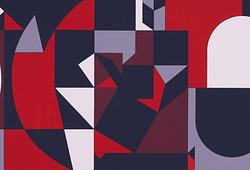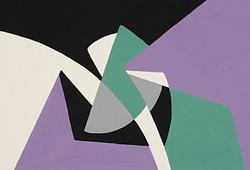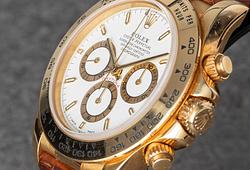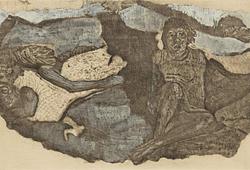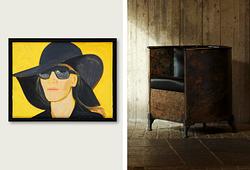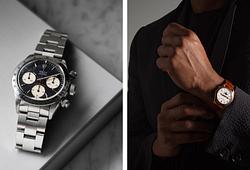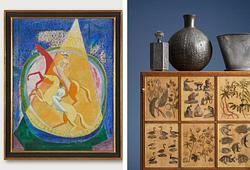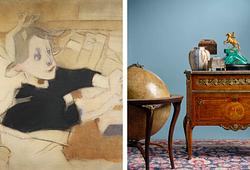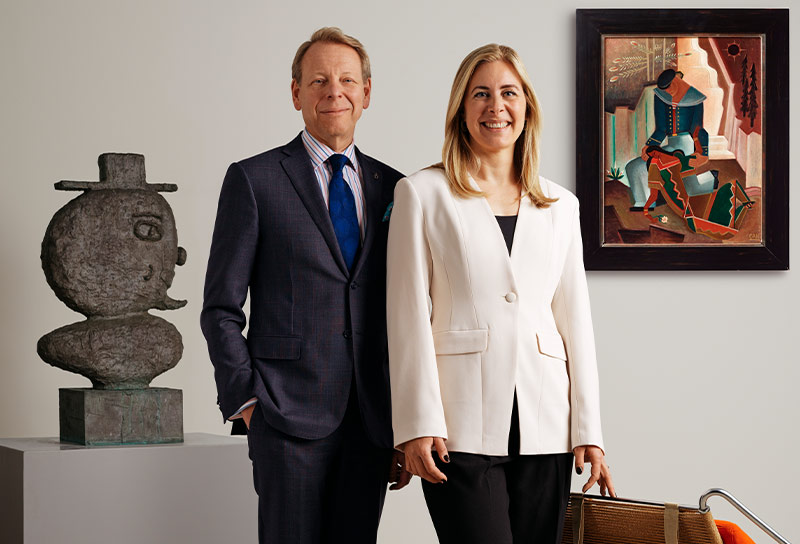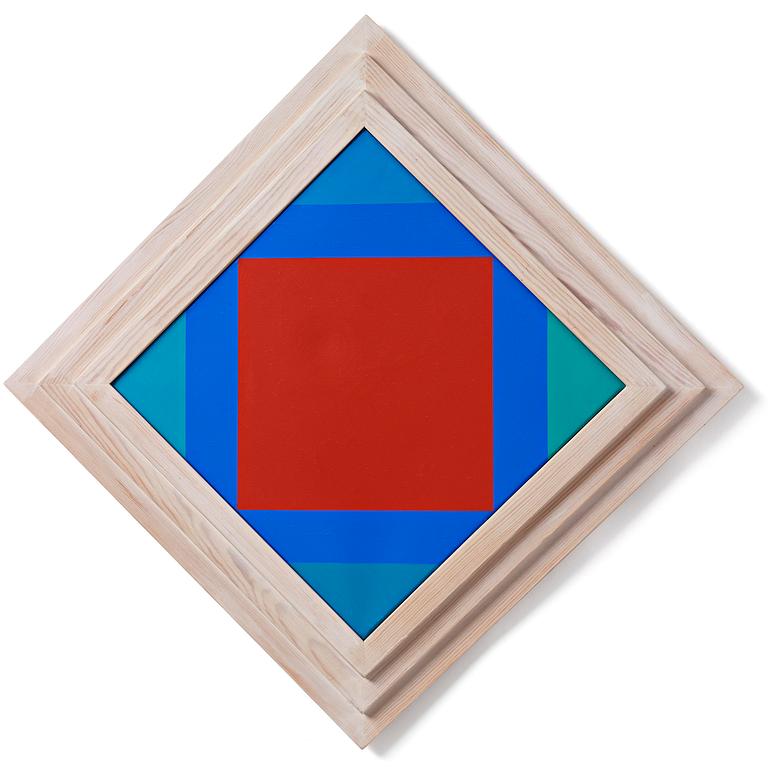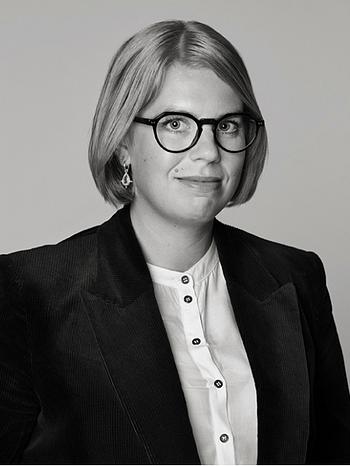Max Bill
"Strahlung von rot zu blau"
Signed Max Bill and dated 1972 on the reverse. Canvas 40 x 40 cm, diagonal 57 x 57 cm.
Provenance
Sotheby's, London, Post-war and Contemporary Art, 25 February 1988, cat. no. 366.
Private Collection, Stockholm.
Exhibitions
Museum of Art and History, Geneva, "Max Bill", 1972 according to the label on the reverse.
More information
Max Bill was a central figure in the Concrete Art movement, known for his innovative synthesis of art, design and architecture. As one of the most prominent representatives of Swiss Constructivism, Bill combined mathematics and aesthetics in a way that created timeless works with a distinctive precision and simplicity.
Bill had early ambitions to become a silversmith, but quickly changed his focus to architecture after seeing Le Corbusier's work. Bill enrolled at the Bauhaus Dessau where he studied under Josef Albers, Wassily Kandinsky and Paul Klee. During this time, he began to formulate the principles of concrete art by expanding on the theories of Theo van Doesburg, strongly guided by his training.
His work is characterized by a quest to reconcile form and function. By using geometric shapes and a limited color palette, he managed to create a visual clarity that speaks to both intellect and emotion.
In addition to his artistic practice, Max Bill was also an educator and a visionary in design. He founded the Hochschule für Gestaltung in Ulm, where he promoted an education that integrated art and science.
The painting at auction, 'Strahlung von rot zu blau' (Radiation from red to blue) is typical of the artist's output in the 1970s and has been in the same Swedish private collection since it was purchased at auction in London in 1988.






